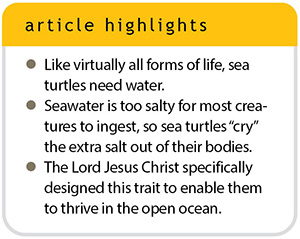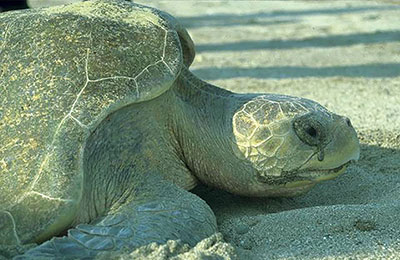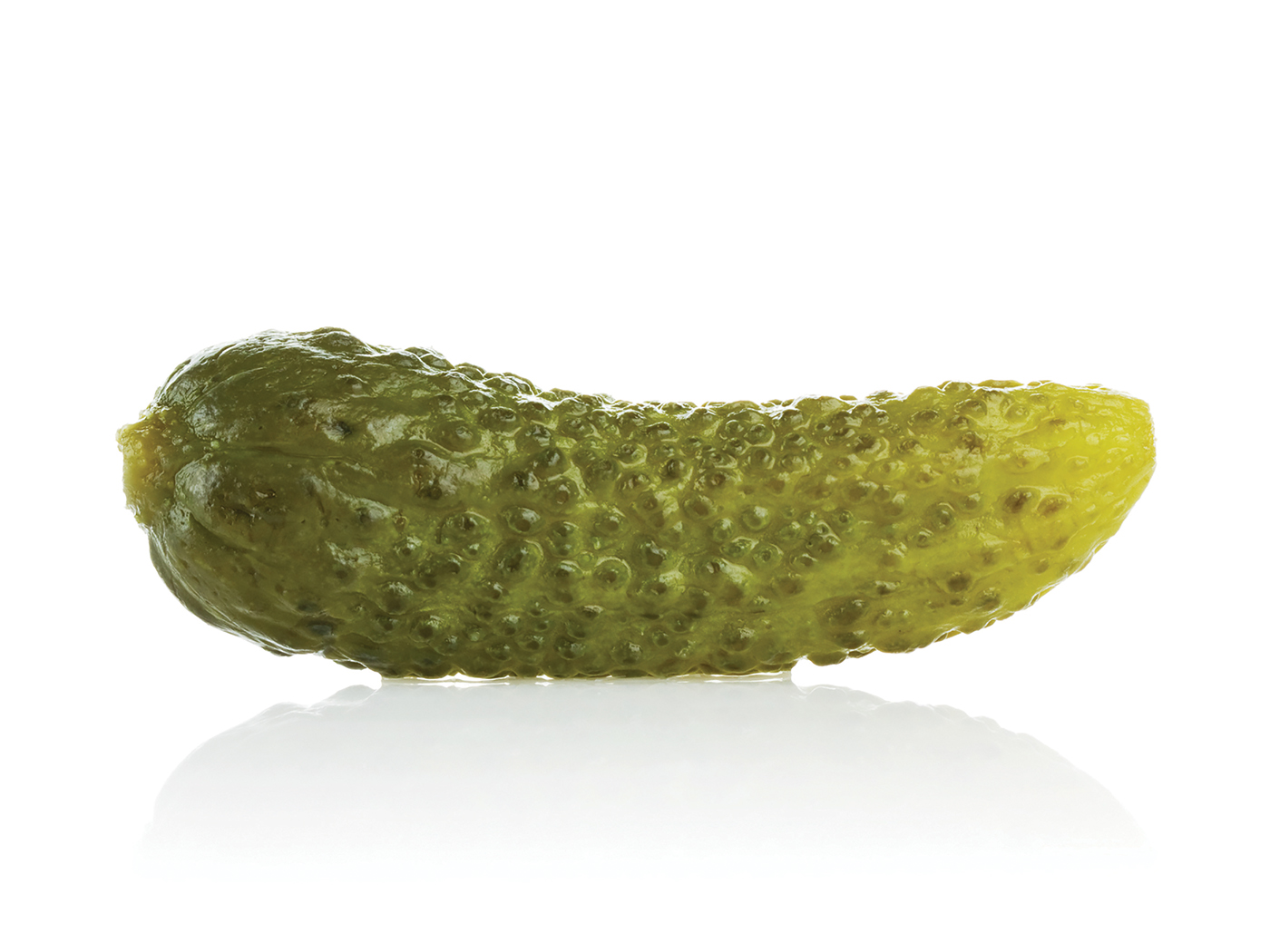 Life on a cruise ship can be wonderfully relaxing, but perpetually living at sea has dangerous challenges—just ask a female sea turtle.1 Her life-at-sea salinity (salt concentration) challenges are literally something to cry about. Finding drinkable water is no problem, but there’s too much salt (NaCl) in ocean water for the salinity that sea turtle circulatory systems need to operate. Salt is good, but excess salt is not.2
Life on a cruise ship can be wonderfully relaxing, but perpetually living at sea has dangerous challenges—just ask a female sea turtle.1 Her life-at-sea salinity (salt concentration) challenges are literally something to cry about. Finding drinkable water is no problem, but there’s too much salt (NaCl) in ocean water for the salinity that sea turtle circulatory systems need to operate. Salt is good, but excess salt is not.2
Imagine trying to maintain proper hydration for your body against potentially crushing marine osmosis pressures while the surrounding ocean physically attracts—threatening to suck out—your body’s internal fluids. If you’re a sea turtle, don’t count on imaginary evolutionary luck (natural selection) to invent a real-world rescue.
How do sea turtles adapt to their physical environment since they spend most of their lives in salty ocean water? They’re able to survive because the total concentration of various mineral salts in their bodies is perhaps only a half to a third of their habitat’s salinity, and the concentrations of their major chemical elements are quite different from those found in seawater.3

Sea turtles, like many other marine animals, need resilient internal mechanisms, carefully designed and installed from the beginning, to stabilize electrolyte/water chemistry inside their bodies and balance osmotic pressures. Otherwise, unmitigated osmosis would forcibly equalize the turtles’ internal salinity with that of the oceanic environments they swim in.2,3
So, if sea turtles couldn’t resist the powerful pressure to lose their internal (less salty) water to the outside (super salty) seawater, their bodies would physiologically collapse from lethal desiccation (water loss).3 Ironically, this same potential dehydration also threatens desert denizens such as camels, chuckwalla lizards, and jackrabbits.4
Unlikely as it may seem, these marine animals share with inhabitants of arid deserts the hazard of death by desiccation. Since their body fluids are less saline than their [oceanic] medium, they tend constantly to lose water by osmosis through all permeable body surfaces, and to survive they must conserve water in the midst of plenty.3
So, how does the sea turtle manage the excess salts it receives when drinking ocean water? The Lord Jesus Christ installed large salt glands at the sea turtle’s eyes that drain surplus salt into conjunctival sacs.
Secretions of these [NaCl-desalinating] glands contain a concentrated salt solution that has only small amounts of other dissolved salts. These secretions explain the tendency of the female marine turtle to shed copious “tears” while laying eggs [or while basking on beaches]. The turtle is not suffering in the process, nor is she saddened by the almost certain fate of most of her progeny—she is simply disposing of the salt that she swallowed with her last drink or with her last meal.3
So, when you see an egg-laying sea turtle “weeping” on a tropical beach, don’t worry—she is just shedding excess salt as she lubricates her eyes. It all makes sense because the Lord Jesus Christ caringly and carefully fitted His creatures—even “wonders without number” (Job 9:10) like humble sea turtles—to fill worldwide habitats, including the saltwater ecosystems that we call oceans.
References
- The author researched green sea turtles (Chelonia mydas) at a West Bay beach on Grand Cayman Island in 2005 while serving as a naturalist-historian aboard Norwegian Cruise Lines’ Norwegian Majesty.
- Salt is valuable for good health and tasty food (Matthew 5:13; Luke 14:34-35; Colossians 4:6; Job 6:6), yet it presents desalination challenges to sea turtles. “Excess salt is excreted by eye (orbital) glands…[shedding] copious gluey tears… [which] also protects and lubricates the front of the eyeball.” Quoting Colin McCarthy from Dando, M. and M. Burchett. 1996. Sea Reptiles. In SeaLife: A Complete Guide to the Marine Environment. G. Waller, ed. Washington, DC: Smithsonian Institution Press, 354.
- Lane, C. P., ed. 1969. Biology of the Sea. In Exploring the Ocean World: A History of Oceanography. Chicago, IL: J. G. Ferguson Publishing, 56.
- Regarding camels, see Sherwin, F. 2010. The Created Camel. Acts & Facts. 39 (9): 16. Regarding chuckwallas, see Martin, J. 2000. Incredible Creatures that Defy Evolution, vol. 1. DVD. Directed by S. Greisen. Exploration Films. Regarding jackrabbits, see Johnson, J. J. S. 2017. Rats, Rabbits, and Roadrunners: Fitted to Fill. Acts & Facts. 46 (7): 21.
* Dr. Johnson is Associate Professor of Apologetics and Chief Academic Officer at the Institute for Creation Research.
















